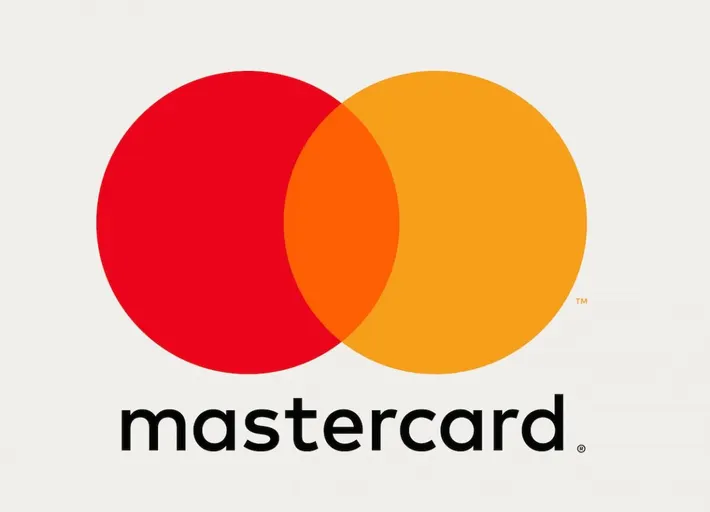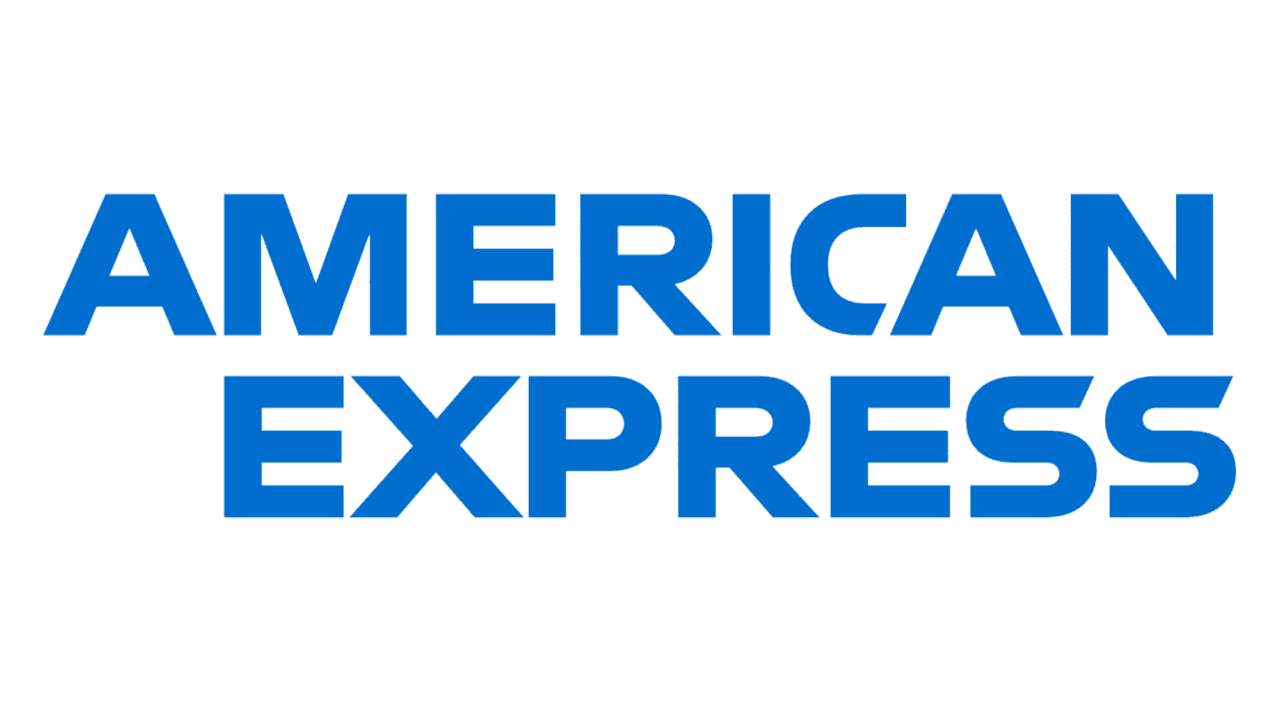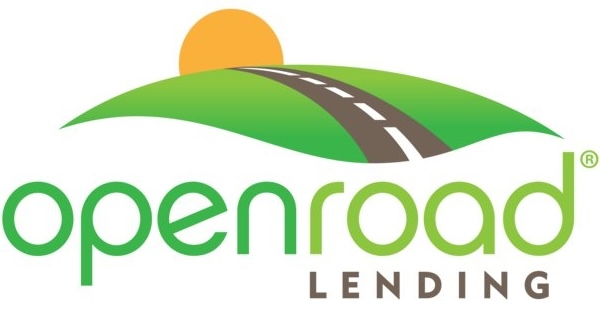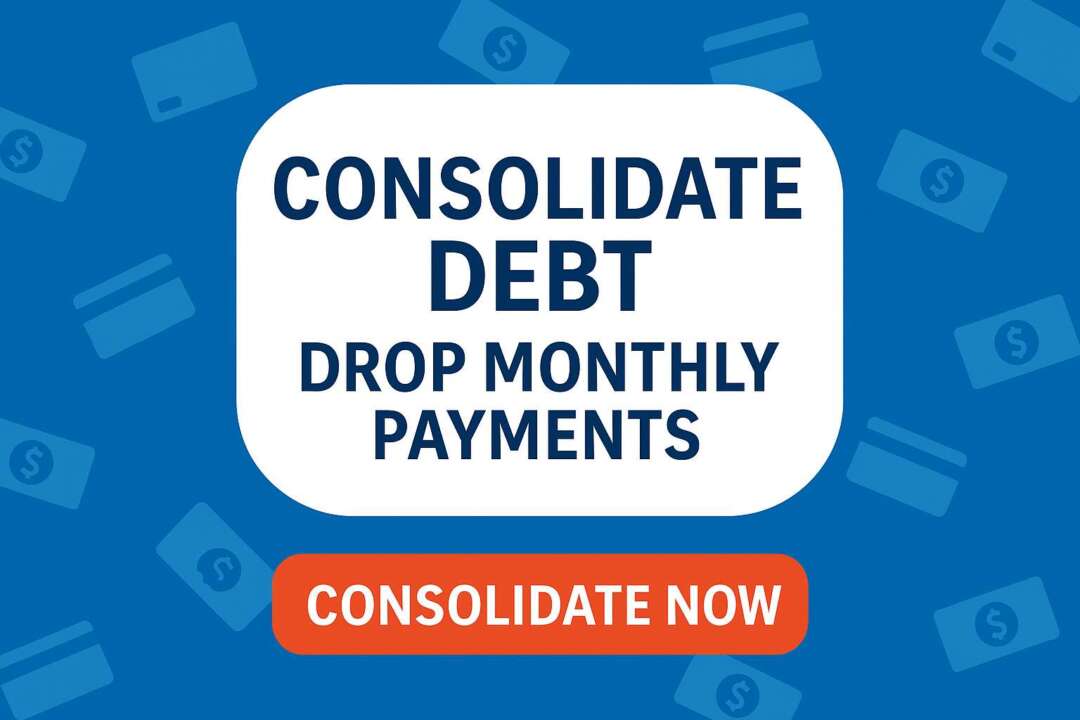
How to pay off credit card debt
So you’re ready to pay off credit card debt! That’s great! Let’s get right to it! Paying off credit card debt, like paying off any debt, depends on only a few factors.
Debt payment amount
The first factor is how much income you have that you can put aside to pay on your debt. This includes the amount that you’re paying as the minimum payment plus any extra payment that you can make.
Interest rate
The second factor that’s important is the interest rate on each of your credit cards. This can make a big difference in the strategy you choose and how long your payoff will take.
Credit score
The third factor is only somewhat important and it depends on your choice of strategy, that factor is your current credit score. The good news about the credit score factor is that as you work on paying off your credit cards your score is likely to improve.
Step 1: Determine how much credit card debt you have to payoff
The first step is determining how much money you have available to pay on your debt. If you want to pay off debt the first thing to know is what are the minimum payments you have. The second thing to know is how much extra money can you afford to put towards those debts each month. Once you have determined how much money you have to put towards these debts you can move on to the next step.
The next step is making a list of all the debts you have that you want to pay off. Include in your list, the total balance, the minimum monthly payment, and the interest rate of each of your credit cards.
Step 2: Stop charging to payoff credit card debt
This is another important thing to remember when paying off credit card debt. You need to stop charging anything to these credit cards while you are trying to pay them off. If you continue to charge purchases to these cards it’s nearly impossible to see your progress. So you need to live by using a debit card or cash while you pay off your credit card debt. Once you’ve tackled this debt then you can go back to using your credit cards if you like using them for miles, points, rewards, etc. Just be sure that you limit your spending and pay the balance in full each month!
Step 3: Pick a strategy for paying off credit card debt
The final step is to decide on the strategy that you want to use. There are multiple strategies that you can use to pay off your credit card debt.
- The debt snowball strategy
- The debt avalanche strategy
- The pick one strategy
- The debt consolidation strategy
- The 0% APR card strategy
The debt snowball and debt avalanche strategies are common and have been used successfully by millions of people and you may have heard of them. The pick one strategy is very similar but simplifies the ordering of the debts. These are the basic methodologies for paying off credit card debt, or any other debt, are very similar. We’ll go into detail for each but what they all have in common is that you create an ordered list of all of your credit card debts. You make the minimum payment on all of your credit card debts every month. After you’ve made the minimum payment on each and paid all of your monthly expenses, you take all of the excess money you have available debts and you put it towards the first debt on your list. The difference between these three plans is how you arrange this list.
Debt snowball strategy for paying off credit card debt
The debt snowball strategy has you arrange the list in order of smallest balance to the largest balance. This method allows you to pay off your first debt as fast as possible. In turn, your total minimum payment due is lower and you can add that additional money to your excess debt payments. As you pay off more debts, your excess payment, i.e. your snowball, gets bugger. The other value of this plan is that the large snowball gives you more flexibility in your finances, this means that you are better able to weather unforeseen expenses and lowers your risk of adding new debt. This strategy is great because start seeing progress in paying off debts as soon as possible! It’s also an excellent strategy if you have a lot of accounts, especially a lot of small dollar accounts.
Debt avalanche strategy for paying off credit card debt
The debt avalanche strategy has you arrange your debts in order for highest interest rate to the lowest interest rate. Of these three strategies, the debt avalanche strategy will save you the most money interest payments. However unless you have a large amount of debt, say at least $20,000 or you have a card that has a very high interest rate compared to the others, the total savings may be fairly modest, possibly only a couple hundred dollars. However, in some circumstances, the savings could be substantial.
Pick one strategy for paying off credit card debt
Because the difference between debt avalanche strategy and any other ordering of the debts is often small, you may want to use the pick one strategy. Instead of ordering the debts by size or interest rate, you can just pick one. That is, choose the one that you would be happiest paying off or the one you are most motivated to be done with. Maybe you’ve just been paying on it too long. Maybe their customer service is terrible. Any reason is a good reason and the choice is up to you! Just make a list and then start paying off the debts!
The first three strategies are great no matter what credit score you have. That’s because they don’t require you to do anything at all except pay your debts. You don’t need a new loan. You don’t need a new credit card. All you need is to make good payments on your debts and you can plan out your payoff schedule. However, if you have a lot of debt and you have a good to great credit score, there are other options that may be available to you. And these could save you a lot of money.
Debt consolidation strategy for paying of credit card debt
The debt consolidation strategy is the process of using a debt consolidation loan to lower your total interest cost. What happens with the debt consolidation loan is you take out a loan that will cover the entire debt amount of all of your credit cards, or if you can’t borrow that much, cover as many of the debts as you can.
Lower your interest rate
The value of a debt consolidation loan is that the interest rate on a loan is often much lower than on a credit card. The average interest rate on a credit card is over 20%, but with a credit score over 700 you can get a $20,000 personal loan with an interest rate of 12% or less. Over the life of the loan this can mean substantial savings, possibly thousands of dollars depending upon your specific circumstances. The amount, term, interest rate and payment are all things to consider when looking at a debt consolidation loan. Some things to consider when getting a loan are:
- Make sure the interest rate is lower than what you are paying for your credit cards, preferably by 5% or more.
- Make sure that the monthly payment is reasonable. It should be an amount that you are comfortable with. This is your chance to adjust if you were struggling to meet the minimums before.
- Make sure that there is no prepayment penalty with the loan. You should be able to comfortably meet the monthly payment but you really want to pay extra each month and get out of debt faster.
Don’t add new credit card debt
The most important thing to remember with the debt consolidation loan is that you should not return to adding up balances on your credit cards again. This happens to a lot of people when they use a consolidation loan. They’re making the payments on their loans but they continue to use the credit cards. Before they know it, their debt is worse than when they started because now they have to pay a loan and new credit card debt.
The 0% APR balance transfer method to pay off credit card debt
There are actually 2 methods of using the 0% APR method with a little variation. The first is to use a 0% APR balance transfer. This may come from a card you already have offering a promotion or a new card that you may get if you have good credit. Check out our cards with balance transfer promotions if you need a new card. Usually the card will charge you anywhere from 3 to 5% of the balance that you transfer but will in turn give you 0% interest for 6 to 18 months, maybe more depending upon your credit and choice of credit card.
By transferring this money you pay a fee up front but you can save a lot of interest in the long run. Transfer the balance(s) from the highest APR cards you have and then proceed to pay down this card and any remaining cards using the debt avalanche method. This can be a great help for people who have good to great credit but are carrying a significant amount of debt.
The 0% purchase APR method to pay off credit card debt
The other version of the 0% APR method is a little more complicated and you need to account for multiple items to make it work. Before you consider doing this you first need to know that you have good credit. More importantly, you need to be a great budgeter. Sticking to your budget will be paramount to successfully using this strategy.
The first step in this strategy is to get a new credit card with a 0% interest on new charges for at least 12 months, but longer is better. The next step is to know exactly how much you’re going to spend on certain items every month. For example, your gas, groceries, and utility bills all total up to $1,500 per month. Now, instead of paying $1500 cash for these expenses each month, you use your new 0% APR credit card, paying only the minimum charge. You take the entire $1500 in cash you saved and apply it to your existing credit card debt. Allocate the payments based on the debt avalanche method.
Example of 0% Purchase APR method
Let’s use a simple example. Suppose the new credit card has a $15,000 limit and you decide you can allocate $1500 per month of your bills to the credit card. From the existing debt side, let’s say you have $20,000 in credit card debt. Finally, your budget allows for you to pay $500 a month towards your debt. This is after all of your expenses and includes the $1,500 in your personal expenses. We will assume the $20,000 in credit card debt has an annual interest rate (APR) of 24% which equates to 2% a month. When putting $500 towards the credit card debt, in the first month the total payment would be $500 and accrue $400 in interest. Hence you only paid $100 in principal to make progress.
In the second month $398 in interest accrues so the $500 payment makes $102 in progress. Now switch over to this advanced plan, in month one the same $400 in interest accrues but $2,000 in debt was paid and a secondary debt of 1500 was created, at 0% interest. In month two, only $360 of interest accrues and another $2,000 payment is made but the secondary debt is now $3,000. The table below carries this comparison out for 10 months, until you max out the new credit card. As you can see, the savings piles up quickly, in this short scenario, the savings is over $1,400!
Important! This plan requires diligence, because slipping up and falling off of the planned budget can create a worse financial situation.
[Writers note, the table is simplified because there would be some minimum monthly payment on the new card which would also need to be deducted from the $2000 payment. However, this amount would be fairly small but complicated to portray]
Paying off credit card debt if you owe less than $1,000
If you owe less than $1,000 it’s probably not worth using anything other than the pick one strategy. Most likely by owing less than $1,000 you owe only one or two credit card accounts. Paying off this debt is best done by just deciding on a simple strategy and doing it. Since you owe less than $1,000 you are already in a great place and better than most people. You should feel good about what you’re doing! Pay off your debt and do a happy dance.
Paying off credit card debt if you owe between $1,000 and $5,000
If you owe more than $1,000 but less than $5,000 there’s still very little strategy needed. Regardless of the strategy you are probably not going to save more than $50 to $100. The relatively low amount of debt doesn’t means the interest savings just isn’t available. In this case it’s best just to take the simple approach. The debt snowball strategy might be good for you. Or the pick one strategy, if there’s a card that you just want to pay off and be done with. Go for it, it’s not going to make much of a difference. But your pride in paying off any one of the debts will make you feel better and that will make you more successful in the long run.
Paying off credit card debt if you owe between $5,000 and $10,000
If you owe more than $5,000 but less than $10,000 you may be able to save a reasonable amount of money by being strategic with your choice. However, it’s not likely to save you a large amount of money. If you’re more comfortable just following the snowball method or the pick one method go for it. There’s no harm in it. With this amount of debt, a debt consolidation loan may be a worthwhile choice depending on your credit score. Also, using a 0% APR balance transfer could be helpful if you have can pay a large amount towards your debt each month. You need to payoff the debt before the 0% APR benefit expires.
Paying off credit card debt if you owe more than $10,000 but less than $25,000
If you are more than 10,000 but less than $25,000, you should consider a debt consolidation loan if you have a credit score of 680 or higher. At this score you have a good chance of getting a low interest rate that would save you significant money while paying off the debt.
On the other hand, if you don’t have a good enough credit score, begin with the debt snowball strategy. The debt snowball strategy will allow you to open up some more flexibility in your finances by paying off some of your debts. It will help you improve your credit score by reducing the number of debts you have outstanding, reducing your credit utilization, and reducing your total debt. You should see a credit score improvement over time. Once your credit score improves, if you’re still over the $10,000 debt threshold or still close to it, then you can look again at a debt consolidation loan. Another option here would be to use a 0% APR balance transfer or a new 0% APR card. Either of these may save you significant money if you can use them well.
Paying off credit card debt if you owe more than $25,000
If you owe more than $25,000, you should consider using a debt consolidation loan or trying a 0% APR plan, as long as you have a credit score of 680 or higher. Otherwise, take a look at the debt avalanche strategy. If you have some credit cards with high interest rates and some credit cards with low interest rates this plan could save you a significant amount of money compared to the debt snowball plan. Once your credit improves, you can apply for a debt consolidation loan or 0% APR card. Both of these will help you make faster progress by putting more to principal every month.
There are multiple ways to pay off credit card debt but as we discussed the most important thing to do is to have a good budget. The second most important is to pay more than the minimum each month towards your debts. Additionally, you need to have a strategy to tackle your credit card debt. Lastly, in order to see success, you have to stick to the plan!
























